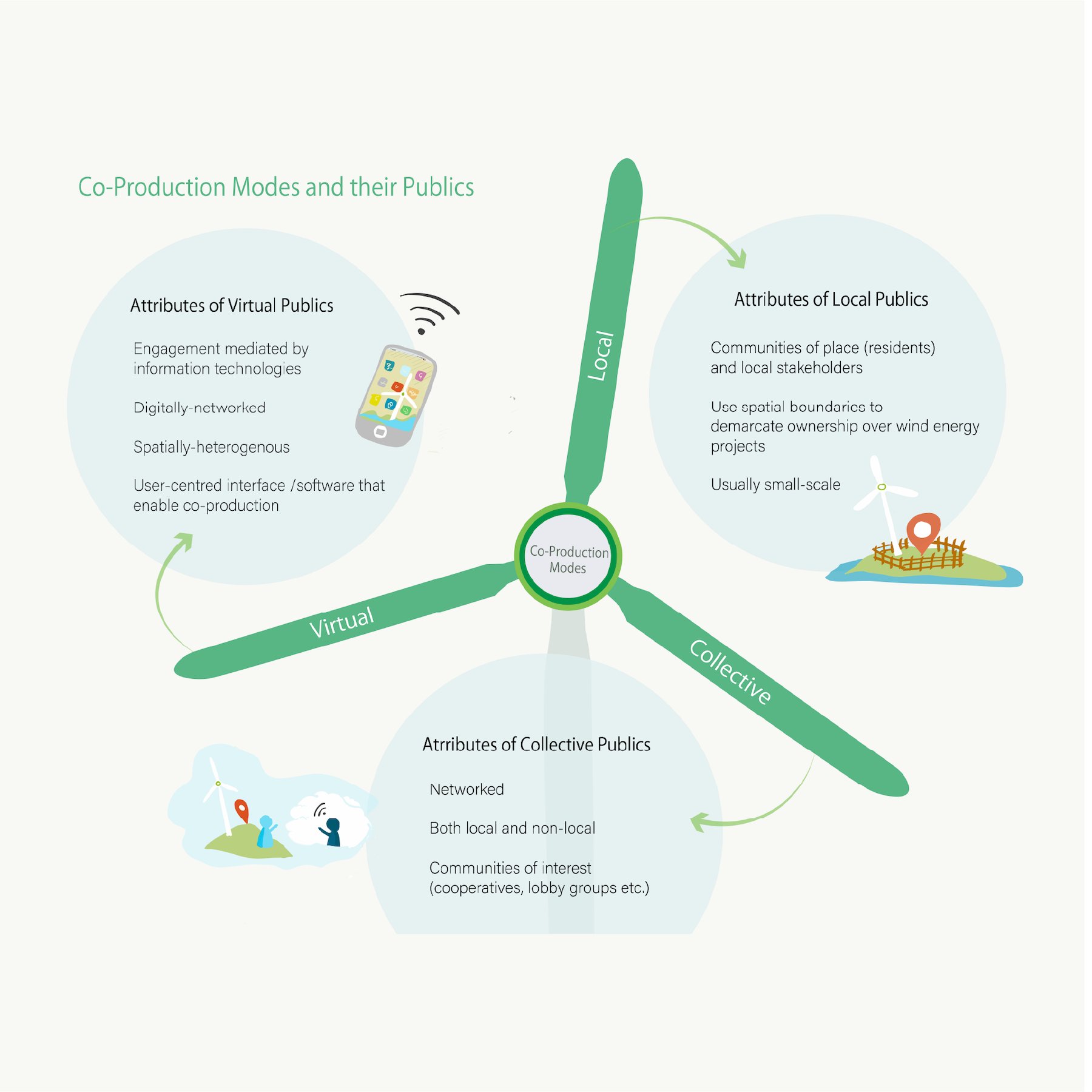
Wageningen University has published a paper on public participation in wind energy projects.
Public concerns surrounding landscape conservation, noise pollution and impacts on bird populations are commonly incorporated into the planning phase of wind energy projects. However, public involvement tends to be highly localized and procedural, aimed at informing local stakeholders and gaining their acceptance for implementation. At the same time, other ways of engaging the public have emerged that move beyond invited stakeholder participation to facilitate the co-production of wind energy technologies and the landscapes in which they are placed.
Have a look on this paper, published by UPWARDS’Partner : Wageningen University :
https://www.sciencedirect.com/science/article/abs/pii/S2214629620304515?dgcid=author
This paper systematically reviews the academic literature with the aim of identifying and characterizing these modes of co-production. A total of 230 papers published between 2009 and 2019 that report on public engagement with wind energy were included in our review. From this sample, we characterise public engagement into three modes of co-production: (1) local co-production, in spatially proximate wind energy projects; (2) collective co-production, performed through collaboration among different actors in the wind energy sector, joined ownership or consumption of wind energy; and (3) virtual co-production, mediated through information technology. These different modes of co-production cover a broad spectrum of ways in which local and non-local publics engage in decisions about where, when, how and by whom wind energy projects are designed, developed and managed over time. Combined, they can offer guidance for future research on how the wind energy sector can further support a transition to sustainable and inclusive energy systems.

